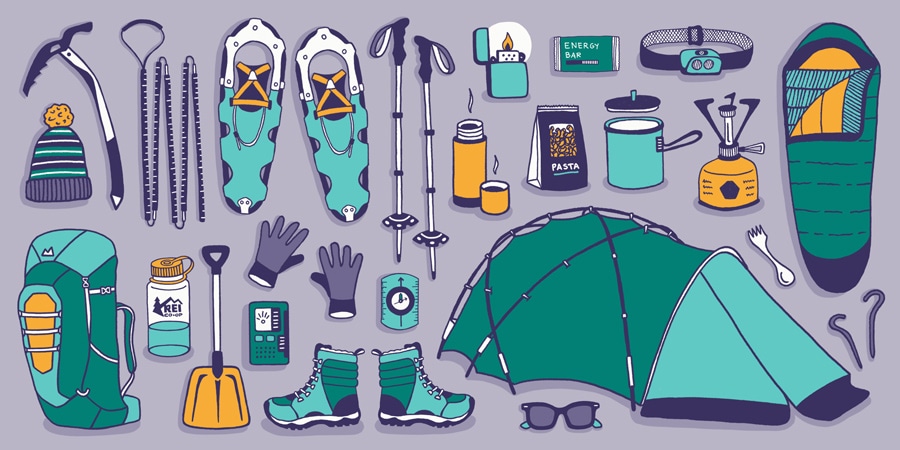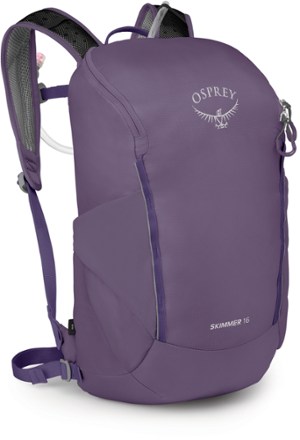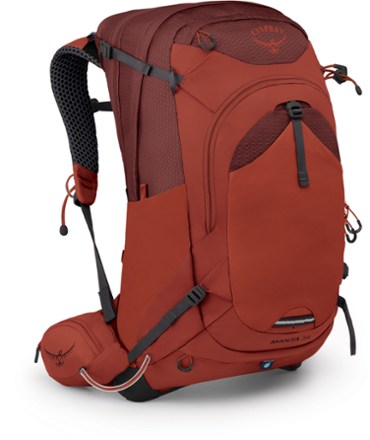
Winter Backcountry Camping Checklist
Winter camping in the backcountry requires more—and slightly different—gear than a summer backpacking trip does.In addition to the resources on REI.com, we can help you prepare for your outdoor adventure at REI Co-op stores nationwide, where you can ask questions, join local outings and classes, buy essentials, and rent gear. You can also ask questions and order gear by calling 1-800-426-4840, or you can send us an email or live chat with us.While you're packing, use this handy checklist to make sure you don't forget anything important. Here are some notes on how to best use this list:The Ten Essentials: Items that are part of the Ten Essentials should be carried on every trip. These are marked by an asterisk (*). To learn more, see our article on the Ten Essentials.This checklist is deliberately comprehensive. The exact items you take should be tailored to your trip based on mode of backcountry travel, personal preferences and considerations such as weather, difficulty, duration and distance from help.Printer-friendly PDF. Print out the PDF version for easy use at home.Printer-Friendly Version (PDF)Snow TravelBackpackDaypack or ski packSnowshoesSkis (with skins)Snowboard or splitboard (with skins)Backcountry ski poles or trekking poles with snow basketsCramponsIce axeAvalanche Gear:Avalanche transceiver (1 per person)Avalanche probe (1 per person)Snow shovel (1 per person; also handy around camp)Slope meterSnow sawOptional:Handwarmers and footwarmersOversized zipper pulls (so you can work zippers with mittens on)Two-way radiosBinocularsCampsiteWinter tent with guylinesSnow or tent stakesCold-weather sleeping bag(s)Well-insulated sleeping pads(s)Sit pad(s)Headlamp(s)* (and extra batteries)Optional:Camping pillow(s)Sleeping bag liner(s)KitchenIf you're an ultralight packer, you can cut (or forgo) many of these items:Stove and fuelMatches* or lighters* and fire starter*Cook set and pot lifterCooking and eating utensilsDishes/bowlsInsulated vacuum bottlesMugs or cups (insulated)Biodegradable soapPot scrubber/spongeTrash/recycling bagsWater & FoodPlacing a bottle and/or filter in a plastic bag next to you at night is one strategy to avoid nighttime freeze-ups. Your body will burn more calories just to stay warm, too, so bring plenty of food for both snacks and camp meals.Water bottle(s) and/or reservoir*Insulated sleeves for bottles and reservoirsWater filter/purifier or chemical treatment*Extra fuel and a large pot to melt snow*MealsSnacksExtra day's supply of food*Cocoa and other mixes for hot beverages or soupsAnimal-resistant food container(s)Clothing & FootwearCheck the forecast and make sure you're prepared for both extreme cold and stormy conditions.Moisture-wicking long underwearLong-sleeve shirtInsulated jacket or fleece jacketInsulated pants or fleece pantsRainwear (jacket and pants)Winter bootsGaitersSocks (synthetic or wool)Gloves or mittensWarm hat or balaclavaExtra clothes* (beyond the minimum expectation)NavigationNavigation is one of the Ten Essentials systems. The type of trip you're taking and your personal preferences will determine exactly which items you'll bring. If you like to use a GPS, note that it's not a substitute for a map and compass.Map* (in a waterproof sleeve)Compass* (a clinometer feature is a plus)Route dsecription or guidebookWatchGPSSatellite messenger/personal locator beaconEmergency & First AidOne of the Ten Essentials is an emergency shelter. Even if you're carrying a tent with you, you should also have an emergency shelter if you plan to take day trips away from your base camp.First-aid kit or first-aid supplies* (see First-Aid Checklist)WhistleEmergency shelter*Two itineraries: 1 left with friend + 1 under car seatHealth & HygieneHand sanitizerQuick-dry towelToothbrush and toothpaste and flossSanitation trowel or wag bag (preferred)Toilet paper/wipes and sealable bag (to pack it out)Menstrual and urinary productsPrescription medicationsPrescription glassesSun protection:Sunglasses* (+ sunglasses straps)Sunscreen*SPF-rated lip balm*Sun hat*Tools & Repair ItemsKnife or Multi-tool*Duct tape and repair kits for pad/mattress and stove*Extra cordTent-pole repair sleevePersonal ItemsCredit card and/or cashIDCellphoneCampsite permit (if requiredTrail pass (if required)Notebook and pen or pencil*These items are part of the Ten Essentials systems. The exact items you take for each system can be tailored to your trip based on considerations such as weather, difficulty, duration and distance from help. To learn more, see our article on the Ten Essentials.Related ArticlesThe Ten EssentialsAvalanche Safety Gear and ChecklistBackcountry Skiing/Snowboarding ChecklistSnowshoe Day-Hiking ChecklistBackpacking ChecklistCamping Checklist




